What is Cell Membrane or Plasma Membrane
Definition
Cell Membrane or Plasma Membrane is the outermost living, thin and delicate covering of cell. It separates the contents of the cell from its external environment.
Also Check – What is plasma Membrane made up of ?
Table of Contents
Structure of Cell Membrane or Plasma Membrane
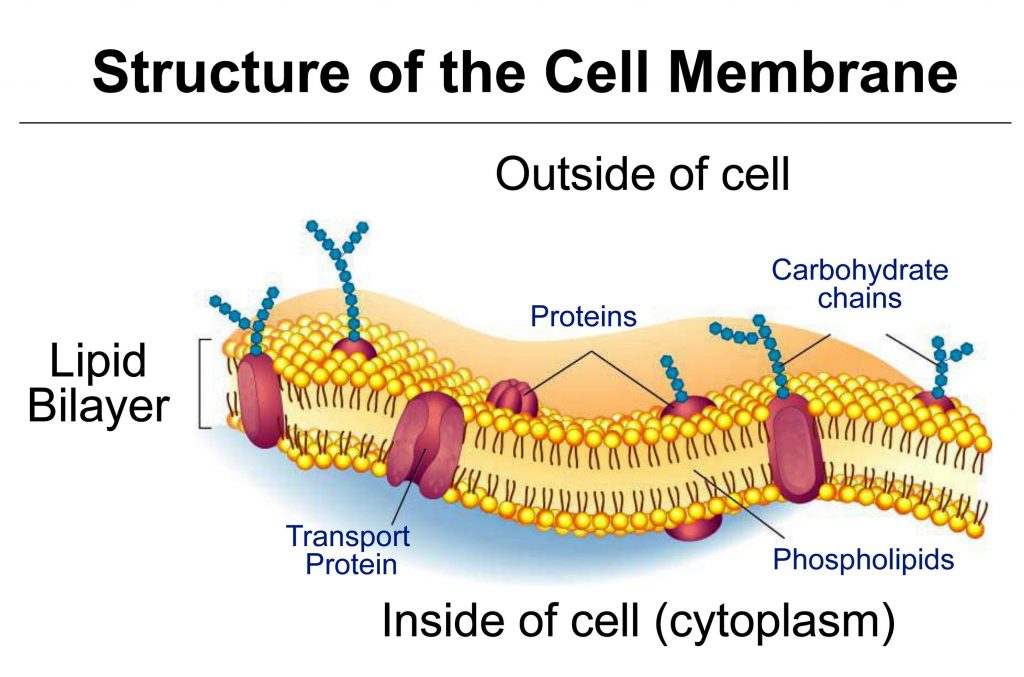
Structure of Plasma membrane is explained in 3 important models
- Sandwiched model
- Unit membrane model
- Fluid mosaic model
5 Important Characteristics of Cell Membrane or Plasma Membrane
- Plasma membrane or cell membrane is present in outermost in animal cells and it lies next to cell wall in plant cells.
- Plasma membrane or cell membrane is a very thin, flexible, living membrane.
- Plasma membrane possesses fine pores.
- Plasma membrane or Cell membrane is Semi-permeable.
- Plasma membrane or Cell membrane is made up of lipoproteins.
Composition of Cell Membrane or Plasma Membrane
It Contains lipids (as phospholipids) and proteins which provide flexibility to the plasma membrane.
Cell Membrane or Plasma Membrane Enables cells to engulf food and other materials from the external environment. This process is called endocytosis, e.g. Amoeba acquires food through this process, with the help of finger-like projections called pseudopodia.
What are the Functions of Plasma Membrane
- Cell Membrane or Plasma Membrane allows the entry and exit of some selective materials in and out of the cell. The cell membrane therefore, acts as a semipermeable, selectively permeable, partially permeable and differentially permeable membrane.Readmore…
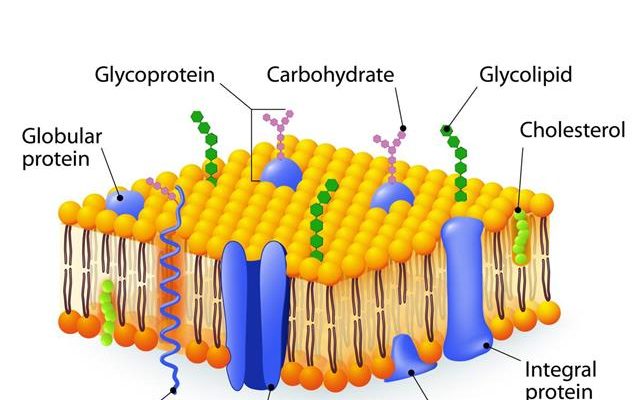
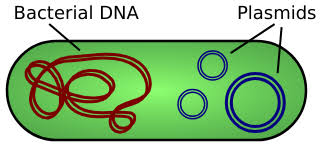
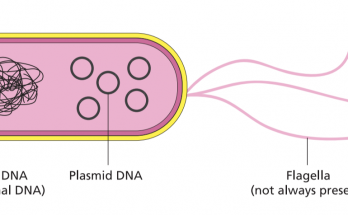
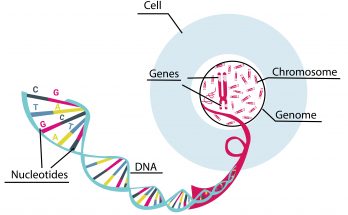
13 Comments on “Cell membrane (Plasma Membrane )- Structure, Composition, Characteristics and 6 Important Functions”